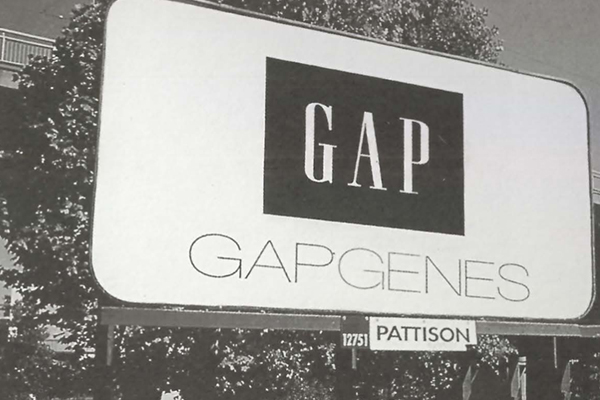Undue Influence: Photography’s Powers (2001)

Graham, Robert. (2001). Undue Influence: Photography's Powers. Le Mois de la Photo à Montréal, pp. 108-111.The data, Philip Rieff would say, rise to meet the theory. While I was working on this essay, there occurred in Toronto a coroner’s inquest into the death of a baby. Ostensibly, the mother and child had been under the supervision of a social-service shelter.
Renee Heikamp yesterday ended her stint in the witness stand at the long-running inquest in the death of her baby son.
…The coroner…insisted the 23-year old mother be shown the two photos of Jordan taken in the autopsy room shortly before the infant’s post-mortem….
…The five-week-old child had starved to death.
“…I want you to look at them,” he told Ms. Heikamp. “Evidence from medical experts is that this is how he would have looked the night before he died, the day before.”
“…If I would have seen,” she howled, “he didn’t look like that. If he would have looked like that I would have run him to the hospital.” 1
The study of linguistics is customarily divided into three parts: syntactics (grammar), semantics (words), and pragmatics (the relation of words to action). Or, “according to Charles Morris, who first formulated the distinction, syntax, semantics and pragmatics deal respectively with the relations between signs, the relations between signs and what they represent and the relations between signs and their users.” 2

While mindful that cross-disciplinary analogies can be dangerous and misleading, I would like to borrow from linguistics its third division and consider the possibility of a “photo-pragmatics”: the study of the ways in which photographs act in the world to have effect and promote certain behaviour.